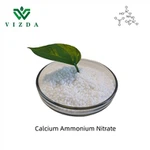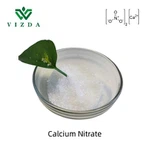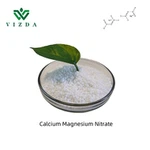Saponifying Agent Sodium Hydroxide
Product: Saponifying agent Sodium Hydroxide
Molecular formula: NaOH



Description:
Saponifying agent Sodium Hydroxide: A Beginner’s Guide
When it comes to making soap, one of the key ingredients that every soap maker should be familiar with is sodium hydroxide, also known as lye. Sodium hydroxide is a saponifying agent used in the production of soap. Next, we’ll discuss what sodium hydroxide is, its properties, and its role in soap making.
What is Saponifying agent Sodium Hydroxide?
Sodium hydroxide is a white, odorless, and highly corrosive substance. It is widely used in various industries such as soap manufacturing, paper making and food processing. During the soap making process, sodium hydroxide converts oils and fats into soap through saponification.
Properties of Saponifying agent Sodium Hydroxide
Sodium hydroxide has several important properties that make it an effective saponifying agent in soap making. First, it is highly alkaline, meaning it has a pH of 14. This makes it highly reactive with oils and fats, breaking them down into their component parts and converting them into soap.
Saponifying agent Sodium Hydroxide is also highly corrosive, which means it can cause severe skin burns and eye damage. Therefore, it is important to handle it carefully and wear protective equipment such as gloves and goggles when working with sodium hydroxide.
The role of sodium hydroxide in soap manufacturing
Saponifying agent Sodium Hydroxide plays a vital role in the soap making industry as it is used to convert oils and fats into soap. When mixed with water, oil, or fat, a reaction called saponification occurs. In this process, sodium hydroxide breaks down oils and fats into their component parts, glycerol and fatty acids. These fatty acids then react with sodium hydroxide to create soap, and glycerin is released as a by-product.
It is worth noting that the amount of Saponifying agent Sodium Hydroxide used in soap manufacturing is crucial. Too little sodium hydroxide will cause the reaction to be incomplete, resulting in greasy and greasy soap. Too much sodium hydroxide makes the soap corrosive and potentially harmful to the skin. A careful balance needs to be struck between the amount of sodium hydroxide and the amount of oils and fats being saponified.
in conclusion
Saponifying agent Sodium Hydroxide is a powerful saponifying agent widely used in the soap industry. It plays a vital role in converting oil into soap through the process of saponification. Although sodium hydroxide is very effective, it is a very corrosive substance and must be handled with care. When using sodium hydroxide, you need to take proper safety measures to avoid any harm to yourself and to create high-quality soap.
Specification
| Specification: | Standard | Test Results | Unit |
| Assay (as NaOH) | 98.0 min | 99.03 | % |
| Sodium Carbonate (Na2CO3) | 0.8 max | 0.51 | % |
| Sodium Chloride (NaCl) | 0.05 max | 0.042 | % |
| Iron (Fe) | 80 max | 10 | ppm |
Package: 25/50/1000/1250kg plastic woven bag or paper bag with PE inner bag. or according to the requirements of customers.

Hot Tags: saponifying agent sodium hydroxide, China saponifying agent sodium hydroxide manufacturers, suppliers, factory, white granular powder, molybdenum trioxide uses, molybdenum catalyst, Molybdenum Trioxide, monoammonium phosphate crystal growing, Ammonium Molybdate Tetrahydrate
You Might Also Like
Send Inquiry

















